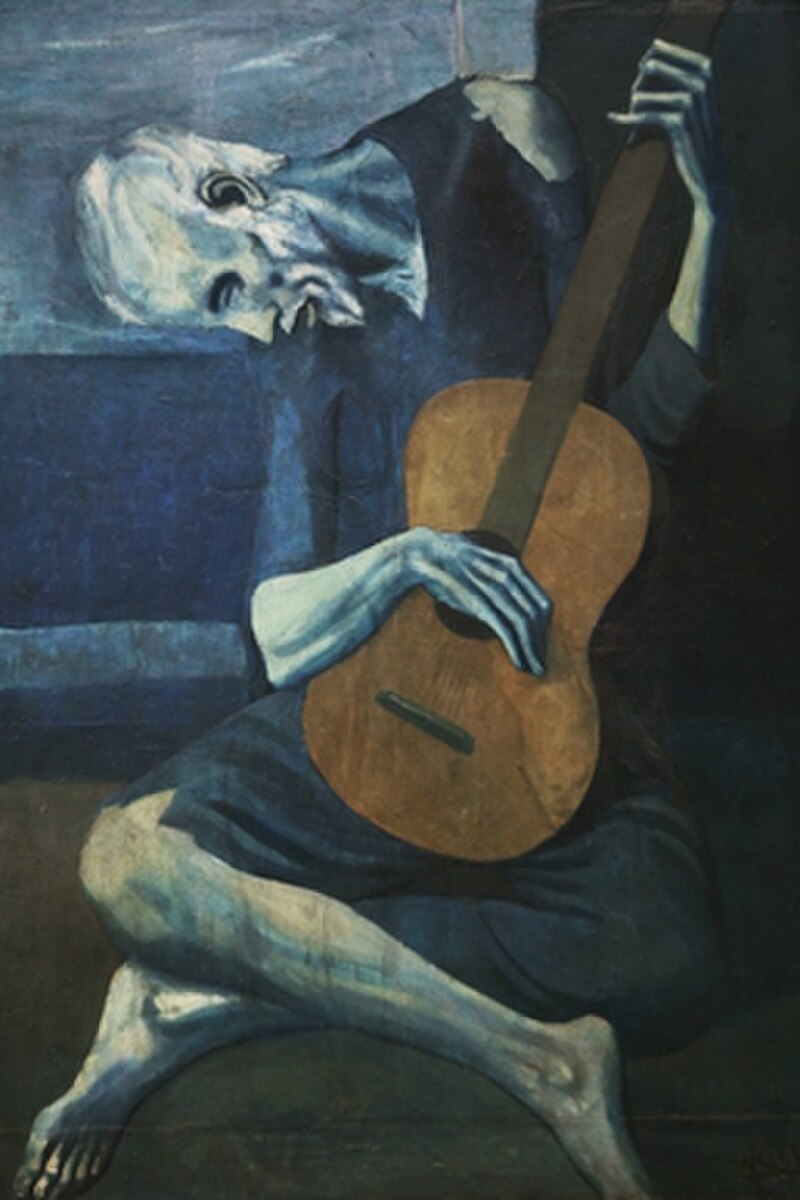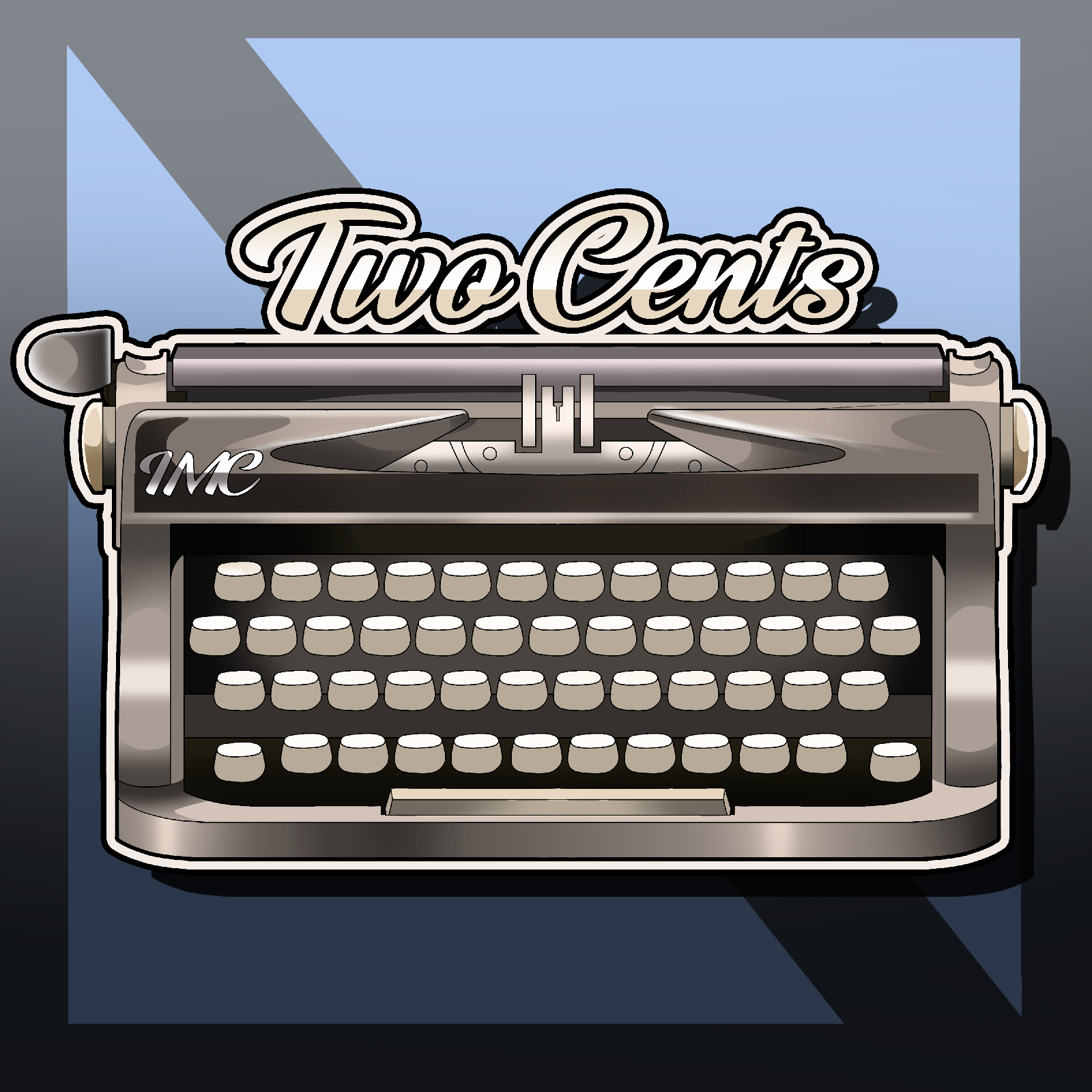The Novel vs. The Short Story
 |
| Source, Sacha Black |
Because novels are such lengthy works by their nature, the idea of writing short stories to begin with makes sense in terms of time-investment. In theory, one could write ten times the number of short stories in the same amount of time it takes to write one novel.
This difference in time-investment thus enables a writer to learn many of the most basic techniques of fiction writing germane to both the novel and the short story, and therefore, one can also improve and master these techniques much faster.
In writing short stories, a writer can learn important elements of the craft. These include how to set a scene, the concept of "enter-late-exit-early," economy of language to use the least number of words to convey the most detail, dialogue, and point-of-view. In addition, by beginning with short stories, one learns to acquire the discipline, the patience, and the concentration span necessary to complete a piece of work of any length.
 |
| Picasso's The Old Guitarist |
The metaphor I've come to use to distinguish the two is a bit esoteric, but I will explain.
A short story is The Old Guitarist, while a novel is Guernica.
(Now, follow me through this bizarre and wholly amateurish art history lesson.)
 |
| Picasso's Guernica |
The Old Guitarist depicts only one figure. This withered old man, dressed in threadbare clothing. He's starved, blinded, and besides those tattered garments, his only possession is the guitar he strums, likely for a few coins to passers by so he might have just one good meal that day. In this portrait is the story of just one person, the guitarist. We, as viewers, never are given the insight into how he ended up this way. Perhaps because he was blind, he lost his job. Thus, he couldn't support his family, and they abandoned him. So, to eek out something, he turned to the one thing he still had: his music. All that is left unexplained though. We only get this single scene, perhaps taking place on the very last day of his life, just before his music gets him his last meal, courtesy of someone, perhaps his daughter, coming to find him on the last day of his life.
That is a short story. It's a snapshot into one person's life that, as Harlan Ellison said, "Presupposes everything that came before and everything that will follow," long after the story ends. Yet, there's one story thread that weaves itself through the portrait. One conflict. One perspective. A short story must be singular and focused in that way.
Guernica, in contrast, is a massive canvas. It features a multitude of figures: a crying mother, a dead child, a dead man, a Minotaur, a hysterical horse, a woman cursing or screaming to the sky, and many others, some of whom are so intertwined with one another that they're nearly indistinguishable from each other. Yet, there is a single conflict that is affecting them all: the bombing of their hometown. In that horrific conflict though, one sees it affecting multiple people in different ways. One sees the varying reactions as each figure experiences the same event, how the destruction affects not one person, but a mass of people.
That is novel. Novels are murals, massive landscapes that, at their best, can feature multiple narrative threads. A reader can experience a series of events, or even just a single event, from multiple perspectives, something made possible by the novel's extended length. One of the best ways to increase you word count in a novel is to add more viewpoints, with each viewpoint carrying both its own story and a thread of the larger tapestry the author is attempting to weave. One enables readers, in a novel, to see through the eyes of other, to hear their thoughts, see their perspectives, and to feel the same things as the characters.
While the short story can act as a stepping stone to writing novels because of the similar techniques each employs, one should always remain aware of the fact that the two forms, while similar, are nonetheless their own distinct and unique mediums of storytelling. Picasso painted both The Old Guitarist and Guernica, but one would certainly never mistake one for another. The tools to make each were the same, but the results were wholly different. Each, however, is an special experience.
For another perspective, here's another take on this subject from author, Jay McInerney:

